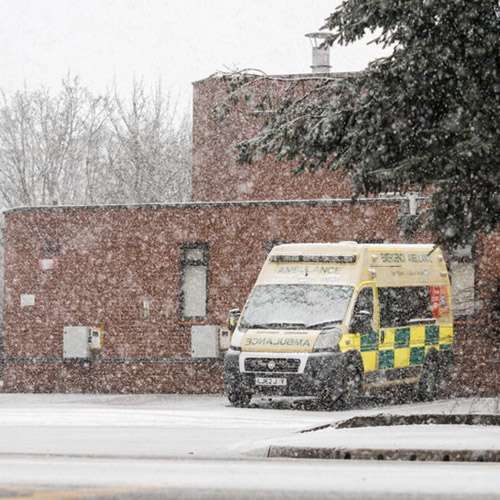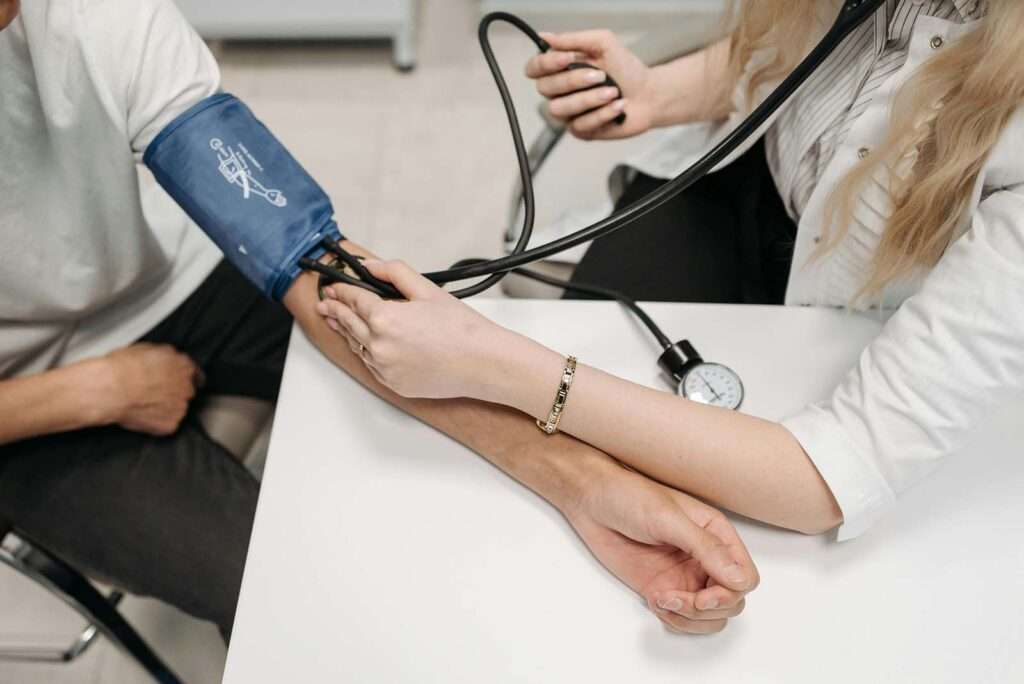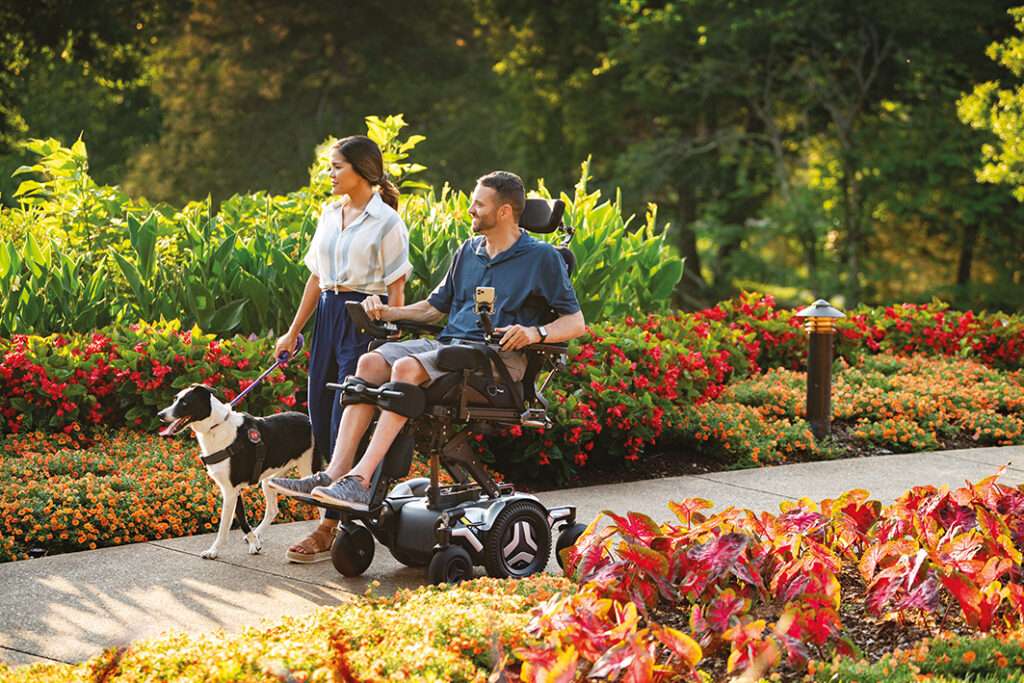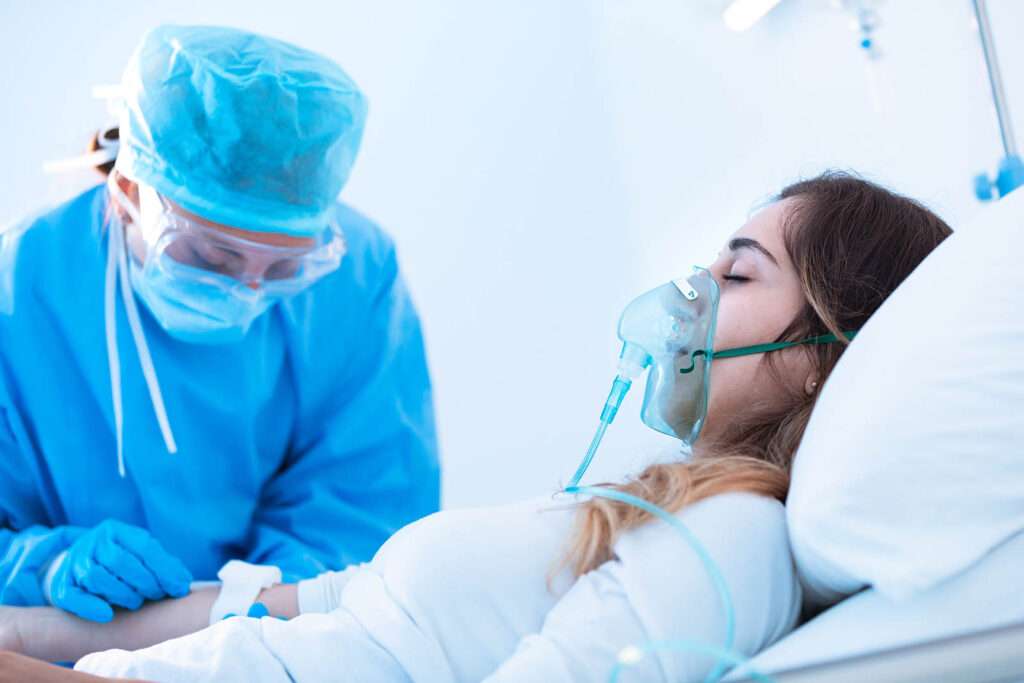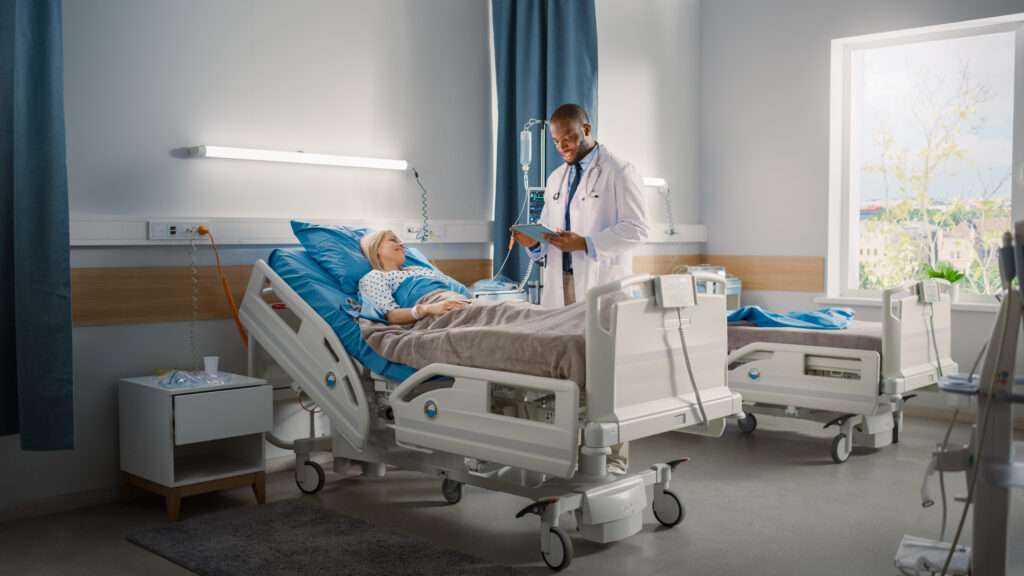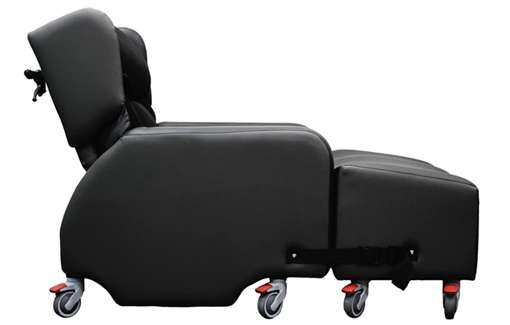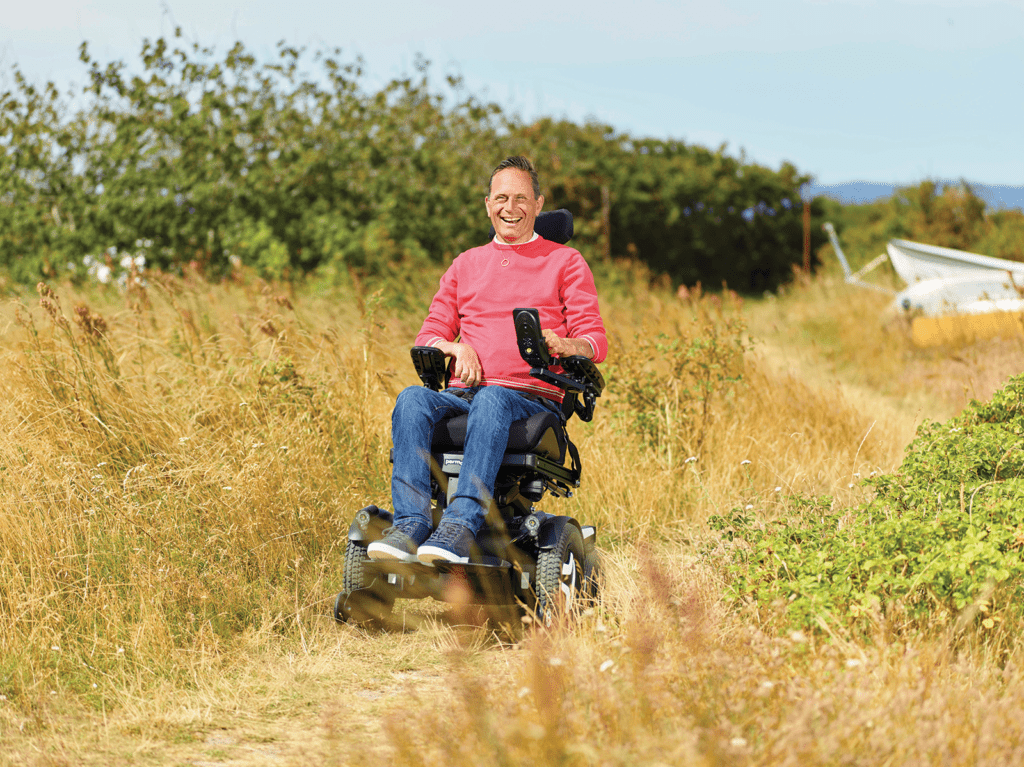As we approach the winter months, the NHS is bracing itself for the increased patient demand this season brings.
NHS Executives have formulated and published a plan earlier than in previous years, to give adequate preparation time and allow the measures introduced to embed themselves before the pressures start to bite.
Before we look at the Urgent & Emergency Care Recovery Plan the NHS has put together, we should define what we actually mean when we refer to ‘winter pressures’ in the context of the health service.
Jump straight to...
What do we Mean by Winter Pressures?
As the colder weather sets in, we get less sunlight and natural Vitamin D, weakening our immune systems. Our defences against viruses like flu and norovirus that are more prevalent at this time of year weaken, causing a rise in colds, flu and other respiratory infections.
While this may not lead to hospital admissions for the generally fit and healthy, the elderly and more vulnerable with underlying health conditions are more likely to need hospitalisation, even if only for a short time, increasing demand on the NHS.
Other Contributing Factors
Staff absences also increase during this time because of winter coughs and colds, reducing workforce capacity and putting extra strain on a service that is already under increased demand.
With the systemic pressures of Covid patients and bed blocking, these extra factors can cause a system already under much stress to ‘boil over’.
Where are the Pressure Points?
It is important to note that it is not admissions into A&E that create the bottleneck for emergency treatment during the winter. A&E attendances are statistically at their lowest during these months.
It is patients needing emergency admission into hospital that have come via A&E that experience the longest wait times. Statistically, the largest proportion of these patients have respiratory problems, but can also have underlying heart or lung conditions that have been triggered by the drop in temperature.
This emergency treatment backlog is caused by delays in discharging patients out of the hospital system, leading to ‘bed blocking’ and a shortage of beds for patients waiting for admission from A&E.

What is the Outlook for This Winter?
The NHS is expecting a high level of flu and Covid admissions this winter, following the same in Australia, and based on last year.
The ambulance strikes last year put fallers in the community at increased risk, as only category 1 and 2 calls were being responded to. Some unions have balloted members to strike this winter, but at the time of writing this doesn’t include ambulance staff.
What is the Plan to Deal with This Year’s Winter Pressures?
The Urgent & Emergency Care Recovery Plan is the NHS’s game-plan to alleviate pressures on the system this winter. One of its aims is to achieve a turnaround time of under 4 hours for at least 76% of emergency admissions, by implementing the following strategies:
Improving Patient Flow
The only way to speed up patient flow and remove blockages with existing capacity is to speed up discharge rates, and free up bed spaces.
There can be reverse pressures on discharge teams from inadequate care provision in the community. This can unfortunately lead to patient deconditioning, creating further complications like muscle weakness, fatigue and poor mobility, leading to a vicious cycle. Better community care provision, and primary and community care teams working closer together, are both helping to resolve this issue.
Having the right rehabilitation equipment available is a key component to helping patients recover and get discharged quicker.
It is important to have the right seating to assist patient while their mobility improves, so they can get out of bed and mobilise quicker. The Lento Mobile is an assistive riser recliner chair, with graded vertical rise to support the patient while standing, and excellent pressure relief and postural control features so the patient can stay out of bed and use the chair for longer periods of time. It is fully mobile, so can be moved around and between wards, increasing patients’ mobility.
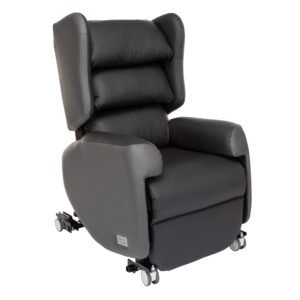
Lento Mobile riser recliner
The StairTrainer is an innovative step-training tool to help patients who have had hip or knee surgery recover quicker. The adjustable step height helps the patient start at the right level for them, and gradually increase as their recovery progresses. This can all be done within a safe environment supervised by the physio team, with a digital display to track results.
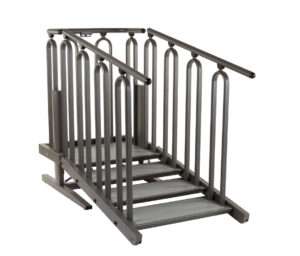
The StairTrainer
Expanding Virtual Wards
The virtual ward programme is well underway and continues to be expanded. With virtual wards, patients in recovery can still receive treatment and care as an inpatient while in a care facility outside the hospital, freeing up hospital bed capacity. This programme has proved to be successful from a clinical perspective, as well as helping resolve the capacity issue.
The Opera bed range provides medical-grade functioning to assist the patient, but with homely designs that blend in with internal décor.
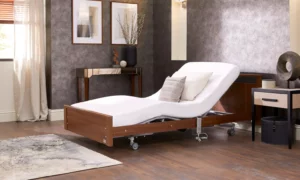
Opera profiling bed
Our Lento range of care chairs and riser recliners have the full range of seating adjustments, making them a perfect solution for virtual wards, as they can be resized and reconfigured to suit the vast majority of patients passing through these facilities.
Acute Respiratory Infection Hubs
With the biggest cause of winter emergency admissions being respiratory infections, a priority is to set up treatment centres in the community solely for these conditions. These will form a nucleus of support for respiratory conditions, while freeing up capacity in the main district hospitals.
Other Winter Plan Objectives
Another aim of the UEC plan is to reduce ambulance response times to 30 minutes, ensuring fallers and those in need of urgent medical attention get assistance quickly in their time of need.
Conclusion
The combination of these measures, and early publication of the NHS’s winter plan will all help towards alleviating capacity pressures this winter. Crucial to the success of the plan through the winter months will be workforce training and mobilisation, and the availability of assistive equipment to enable more effective rehabilitation.
Read More About How we are Helping the NHS Achieve Their Long-Term Plan





